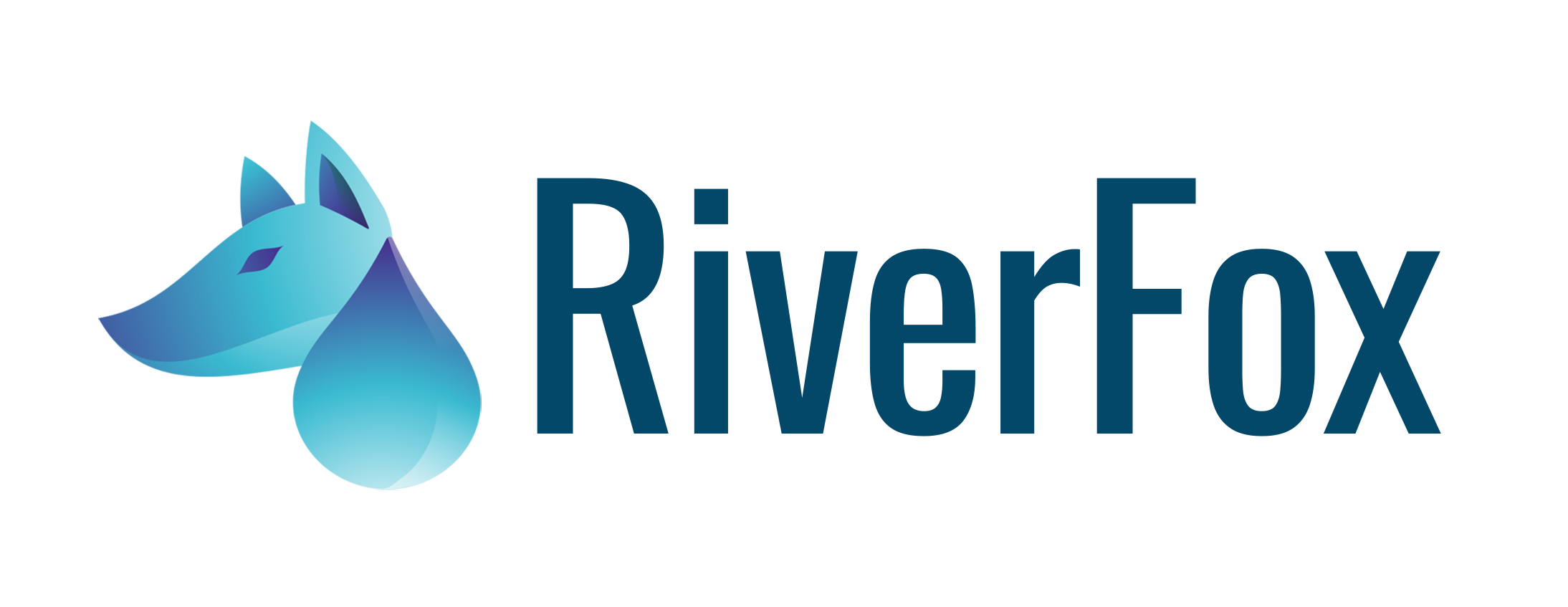Questions & Answers
Quickly and clearly summarized.
What do the colors of my strokes mean?
They provide a quick overview of the usable field capacity of your fields:
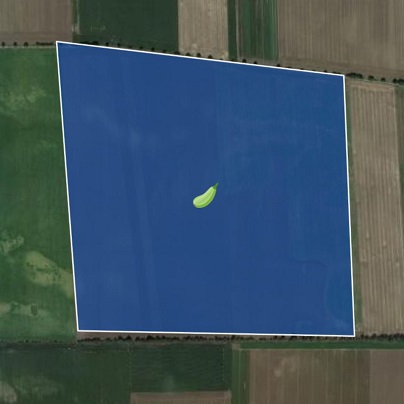
Field is too wet
If your field is colored dark blue, the usable field capacity is 95% - 110%
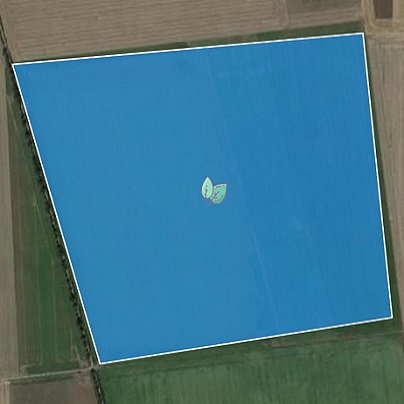
Optimal irrigation
Light blue fields have a usable field capacity of 80% - 95%
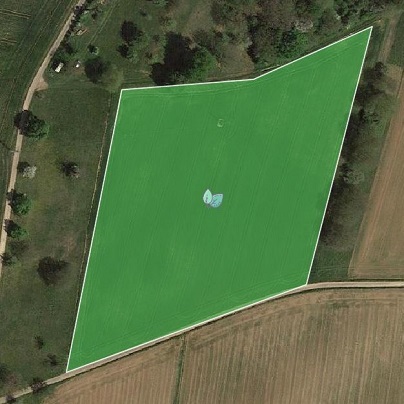
Sufficient irrigation
The green color stands for a usable field capacity of 60% - 80%
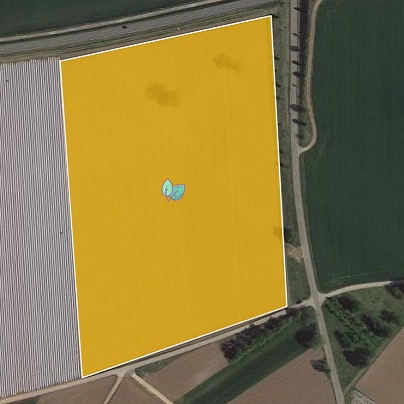
Irrigation soon necessary
Yellow fields have a usable field capacity of 40% - 60%
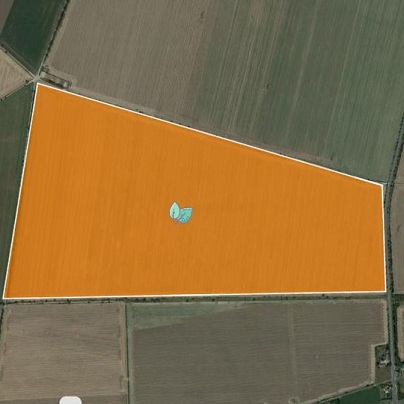
Irrigation necessary
The orange color stands for a usable field capacity of 20% - 40%
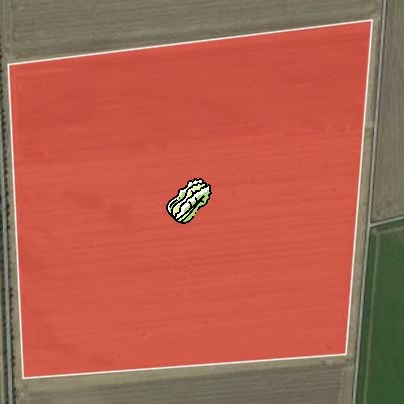
Irrigation overdue
If your field is colored red, the usable field capacity is 0% - 20%
Functionality of RiverFox
In which languages is RiverFox available?
RiverFox is currently available in German, English, Romanian, Italian, Spanish and Polish. RiverFox will gradually also be available in other languages such as French, Portuguese, Bulgarian, Hungarian and Czech.
Would you like to use RiverFox in your native language, but it is not yet available from us? Simply contact our customer support team at kundenhilfe@heliopas.com and we will be happy to add your language.
In which countries is RiverFox available?
RiverFox is available and working worldwide, as our satellite coverage, weather station coverage and climate models are worldwide as well. We recommend, however, to contact us and talk with us about the situation in your specific region. Sometimes, adding a local weather station network or private weather stations to our system can improve irrigation recommendations to match hyperlocal weather differences .
Can I take site-specific management into account in RiverFox?
Yes, in RiverFox you can divide sections as often as you like and create sets, beds and irrigation areas for flying pipes or large-scale pivots.
Can I also document cultures under foil or fleece in RiverFox?
In RiverFox, you can mark which fields are covered with foil or fleece. The soil moisture calculations are then deactivated for these fields in order to maintain clarity.
Does RiverFox offer a weather forecast?
RiverFox does not offer classic, complete weather forecasts. Other products already do that. RiverFox takes into account local seven-day rain forecasts from other providers and displays them. In addition, the expected development of soil moisture is forecast seven days in advance to the exact day according to the Geisenheim model.
Can I connect my weather station to RiverFox?
Yes, you can either enter the data from your own weather station into RiverFox manually or connect it automatically via a data interface. Simply contact customer support.
How do I get access to data from public weather stations?
To do this, enter your company address in the settings under Account overview. You will then have access to public weather stations in your area.
Questions about the underlying technology
What does the usable field capacity (nFK) mean?
The decisive factor for growth is how well the plant can access the soil water. The measure for the availability of water is the usable field capacity (nFK). It describes the proportion of water that the roots can extract from the soil with their suction forces.
The higher the nFK value, the more water is available - as capacity - in the soil for the specific plant. Different plants can extract different amounts of water from the same soil, so they also have different nFK. If the nFK exceeds 100%, the soil is overwatered.
The level of field capacity also depends on the grain size distribution of the soil, the soil structure and its content of post-mortem soil organic matter (humus). The water in the fine pores of a soil cannot be absorbed by the plant roots. If only this water is left, the nFK falls to 0%, as the plant cannot extract any water, even though there is still water in the soil
What do the parameters soil points and soil type mean? How do they relate to soil moisture?
The Soil type describes the composition of the field soil on which a crop is grown. The grain size distribution of the soil is considered, which is created by various processes such as weathering or other soil formation processes. A distinction is made between the grain sizes sand (S), loam (L), silt (U) and clay (T). Due to the different grain size distribution, the respective soil types can hold different amounts of water. The soil type therefore has a significant influence on soil moisture.
Ground points describe the quality of an arable area. The starting point is a standard value, which is modeled by various factors such as climate, slope inclination and forest shade. In principle, a low value stands for poor soil and a high value for good soil.
There is no causal relationship between the soil type and the soil points. These are two separate parameters that can be saved in RiverFox. To achieve a realistic representation of your farm in the software, simply enter these values for the corresponding fields.
Why does the usable field capacity decrease when I change from sandy soil to loamy soil?
Sandy soil can hold more water than loamy soil. However, the plant can extract less water from the soil due to the grain size of sand. Therefore, the analysis result will change if you change the soil type in RiverFox from sand to clay.
How is soil moisture calculated with the Geisenheim model?
How do we arrive at the automated watering recommendations?
The heliopas.ai irrigation model and the automatic irrigation recommendations generated from it have their origins in the so-called Geisenheim irrigation control system. With the help of the Geisenheim model, predictions can be made about the potential water requirements of the respective crop type (over the next 7 days).
In order for RiverFox to generate automated recommendations for the irrigation of the fields or sets, the following four details are required:
-
- Culture type
- Sowing date
- Soil type
- Weather data: Precipitation and evaporation
The automated irrigation recommendation takes all these factors, as well as the predicted precipitation and water buffer, into account and includes them in the planning. The result is a proposal with the aim of ensuring that the soil does not exceed or fall below the deficit limit. All the necessary tables, data and calculations are integrated in RiverFox and run in the background. The result is an irrigation proposal that is tailored to the individual situation of your field.
What is the difference between satellite data and the Geisenheim model?
Are the satellite images live?
We have now connected a large number of satellite data sources so that we receive at least one new measurement within 24 hours. These are analyzed by our artificial intelligence and immediately included in the calculation of the soil moisture of your fields. The satellite image analyses are therefore updated daily, but are not live.
Do the soil moisture analyses also take into account differences in soil moisture within the field?
RiverFox calculates soil moisture with a spatial accuracy of 10×10 meters. This is unique in the world and for the first time enables a soil moisture analysis that also takes into account the differences in soil moisture within the field. Partial field-specific irrigation is therefore possible.
Is it possible to retroactively add my irrigation documentation, which was previously kept in Excel spreadsheets, to RiverFox?
Yes, simply send your file as an e-mail attachment to kundenhilfe@heliopas.com
How can I import data from other systems into RiverFox?
Simply send your punch list as an e-mail attachment to kundenhilfe@heliopas.com
We will import your strikes as soon as possible and inform you about them afterwards.
For further questions regarding interfaces to your existing farm management systems, please also contact customer support kundenhilfe@heliopas.com. We will work with you to find a way to link your systems intelligently so that you can get the maximum benefit from RiverFox.
Administration
What are the costs?
The price for RiverFox is variable, depending on the type of irrigation and the number of hectares.
So that we can make you your personalized offer, simply contact us via the contact form on our Supply side.
Do I have to buy a RiverFox subscription for every user in my company?
No, you pay nothing extra for additional employees. You can even integrate contractors and agricultural consultants free of charge. You can set the level of rights and access yourself. With RiverFox, you only pay once for your entire farm, depending on the tariff and hectare size. You can then add as many employees and external parties to your farm as you like.
Can I restrict the access rights of employees or external users in RiverFox and if so, how?
Yes, you can assign individual authorizations within RiverFox. To do this, open our RiverFox-Browser application. Under the "Settings" tab, you will find the "User management" button. Here you can add and remove new users and manage the rights of the respective users.
We recommend assigning rights depending on the activity. Here is an example of the distribution of access rights:
The Administrator receives the following authorizations, for example:
- Create, edit and delete a stroke
- Integrate, edit and delete your own weather stations
- Add and remove new users from the company and manage authorizations
- View and change invoices and payment information
- Set fields and employees active or passive
- Be able to import punch list
The Irrigation planner would receive the following authorizations:
- Enter and edit the watering process
- Enter and edit precipitation
- Create, edit and delete a stroke
- Be able to plan irrigation measures
- May request an irrigation measure
- Block the stroke/set for other measures
- Can view the irrigation diary
- Can (further) delegate the implementation of measures
- Can start and stop watering processes
- Set fields and employees active or passive
- Adjust warnings individually
The Kappo or Irrigation coordinator would have the following authorizations:
- Enter and edit the watering process
- Enter and edit precipitation
- Can view the irrigation diary
- Can (further) delegate the implementation of measures
- Can start and stop watering processes
The Executing irrigators may do the following things in RiverFox:
- Can view the irrigation diary
- Can start and stop watering processes
The Plant protection officer receives the following authorizations:
- May request an irrigation measure
- Block the stroke/set for other measures
The rights can also be assigned individually in a completely different way, depending on the reality on your farm. Please do not hesitate to contact RiverFox customer support if you have any questions.
Is my data secure in RiverFox?
Your data is secure with us in accordance with the high standards of German data protection and the GDPR and is protected against access by third parties. We are an independent start-up and are not part of a corporate group. We therefore do not pursue any other "primary interests", but strictly pursue the interests of our paying customers.
Plan. Coordinate. Documenting.
With RiverFox you are prepared for the future.
Start saving effort, costs and water with your irrigation now.
